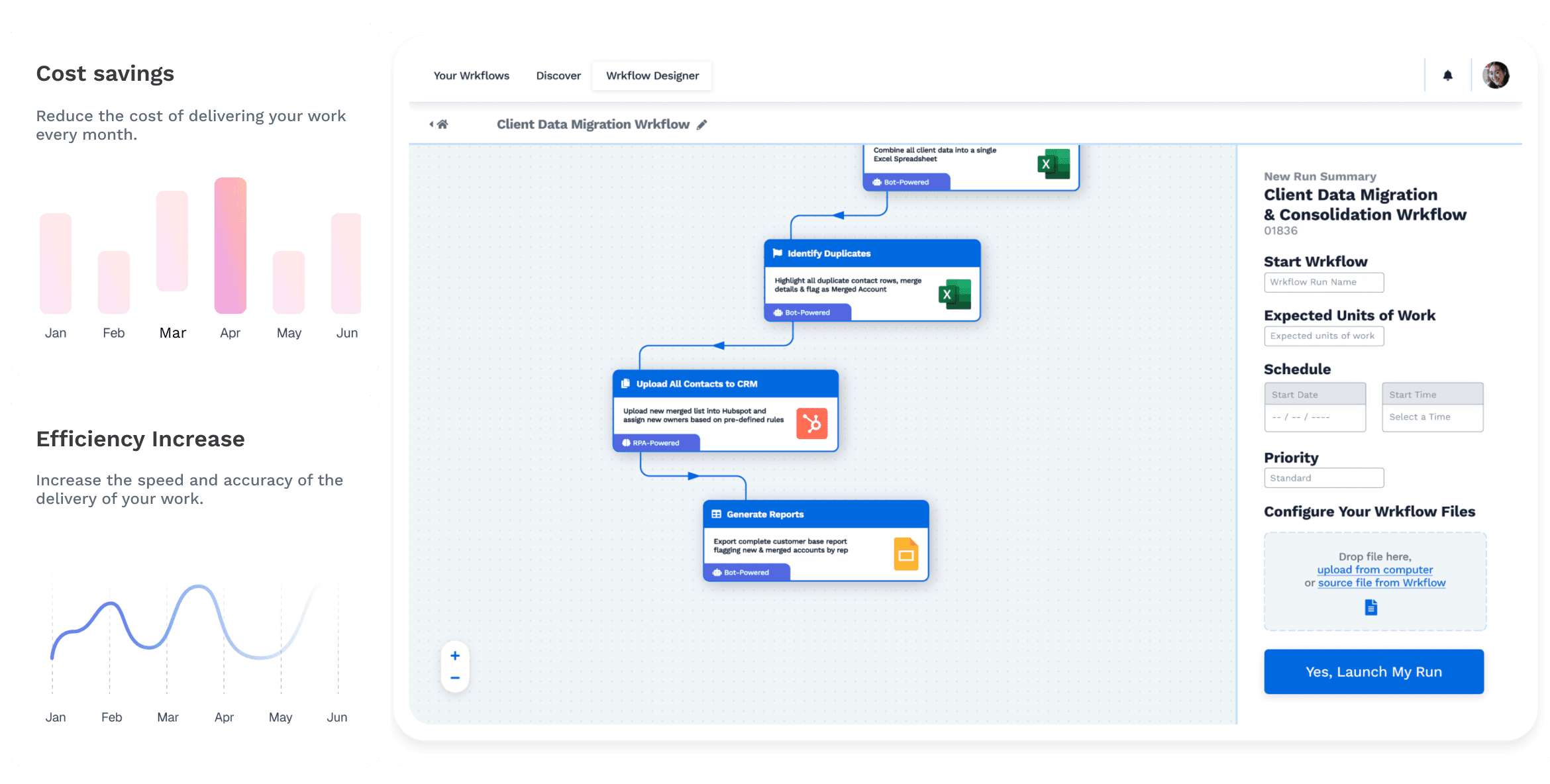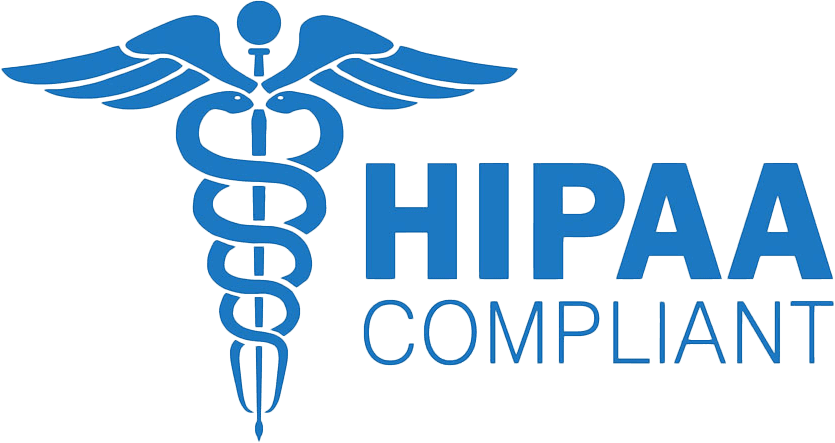Date de publication
2023-11-01
Organizations continually search for ways to enhance efficiency, reduce downtime, and optimize operations. One of the latest and most promising emerging solutions is AI Ops, which bridges the gap between automation and operations. This blog will explore the concept of AI Ops, its significance, and how it's transforming how businesses manage their IT infrastructure.
Understanding AI Ops
At its core, AI Ops is the convergence of automation, operations, and artificial intelligence. It leverages cutting-edge technologies like machine learning, data analytics, and cloud computing to streamline IT operations. This allows organizations to proactively manage their infrastructure, address issues before they become critical, and make data-driven decisions.
Historically, IT operations were often reactive, relying on manual processes and human intervention to detect and resolve issues. AI Ops, on the other hand, introduces a proactive approach. It uses data and machine learning algorithms to anticipate problems, optimize resource allocation, and reduce downtime.
The benefits of AI Ops are manifold. First and foremost, it enhances efficiency. It automates routine tasks, allowing IT personnel to focus on more strategic initiatives. It also improves scalability, allowing organizations to handle increased workloads without a proportional increase in staff. Moreover, AI Ops enables predictive maintenance, preventing system failures and reducing costly downtime.
Bridging the Gap
AI Ops addresses a significant disconnect in IT operations. Traditional approaches often need help to keep up with the increasing complexity of modern IT environments. Manual processes, siloed teams, and the absence of a holistic view of the infrastructure could lead to operational inefficiencies and delays in issue resolution.
AI Ops bridges this gap by introducing real-time automation and intelligent decision-making. It detects issues and takes corrective actions automatically, ensuring the infrastructure runs smoothly.
Take, for example, incident management. In the past, identifying and resolving incidents could take considerable time and effort. AI Ops, with its real-time monitoring and automated response capabilities, can detect incidents as they occur and resolve them swiftly. This not only reduces downtime but also improves the end-user experience.
Capacity planning is another area where AI Ops excels. It uses historical data and predictive analytics to ensure resources are allocated efficiently. This means no overprovisioning or underutilization, resulting in cost savings and better performance.
Furthermore, AI Ops enhances security and compliance. It can identify anomalies and potential threats in real time, triggering immediate responses to mitigate risks. It also helps in maintaining compliance by providing continuous monitoring and reporting capabilities.
In bridging the gap between automation and operations, AI Ops complements another crucial concept, DevOps. DevOps focuses on collaboration between development and operations teams to deliver software and services more efficiently. AI Ops and DevOps synergy creates a powerful combination, ensuring that automation is not just for development but extends seamlessly into operations, providing a consistent and efficient environment from development through deployment.
Implementing AI Ops
The adoption of AI Ops has its challenges. To implement AI Ops effectively, organizations must follow a systematic approach:
Assessing Current Operations: Understanding your current operations and identifying pain points. Assess the maturity of your existing automation and AI capabilities.
Defining AI Ops Strategy: Develop a clear strategy that aligns with your organization's goals. Determine the specific areas where AI Ops can deliver the most value.
Data Collection and Integration: High-quality data is the backbone of AI Ops. Ensure that you have mechanisms in place to collect, store, and integrate data from various sources.
Model Development and Training: Develop machine learning models tailored to your operations. These models must be trained on historical data to provide accurate insights and predictions.
Deployment and Monitoring: Implement the AI Ops solution in your infrastructure and continuously monitor its performance. Regularly update the models to adapt to changing circumstances.
Challenges in implementing AI Ops include data quality and privacy. The success of AI Ops heavily depends on the quality of the data it operates on. Organizations must ensure that the data collected is accurate and representative. Data privacy and security are critical concerns, especially when dealing with sensitive information.
Another challenge is the need for a skilled workforce. AI Ops requires expertise in data science, machine learning, and IT operations. Training existing staff or hiring new talent with these skills is essential for successful implementation.
Cultural adoption can also be an obstacle. Some organizations may resist the shift towards AI Ops due to fear of job displacement or mistrust in automated processes. Clear communication and education are vital in addressing these concerns.
Measuring AI Ops Success
To determine the effectiveness of AI Ops, organizations should establish key performance indicators (KPIs) to monitor and evaluate their IT operations. Some of the most critical KPIs include:
Mean Time to Repair (MTTR): This measures the average time to resolve incidents or issues. A lower MTTR indicates more efficient incident management.
Availability and Uptime: Tracking the availability and uptime of IT services is crucial. High availability and uptime percentages are indicative of reliable operations.
Cost Savings: AI Ops can lead to significant cost savings by optimizing resource usage and preventing downtime. Monitoring the cost impact of AI Ops initiatives is essential.
In addition to these KPIs, organizations should establish feedback loops to improve their AI Ops strategies continually. These feedback mechanisms enable organizations to adapt to changing conditions and stay ahead of evolving IT challenges.
Real-world examples of AI Ops success stories abound. Leading organizations in various industries, from e-commerce to finance, have achieved remarkable improvements in efficiency and reliability by implementing AI Ops solutions. These success stories inspire others looking to embark on their AI Ops journey.
The Future of AI Ops
As technology advances, AI Ops is poised to undergo further transformation. Several emerging trends and technologies will shape the future of AI Ops:
Explainable AI: As AI becomes more integrated into operations, the ability to understand and interpret AI-driven decisions will become increasingly important. Explainable AI ensures that the rationale behind AI Ops actions can be easily understood and validated.
Autonomous Operations: The ultimate goal of AI Ops is to achieve autonomous operations where AI systems can make decisions and take actions without human intervention. This level of autonomy will be precious in fast-paced and high-stakes environments.
Integration with IoT and Edge Computing: AI Ops will extend its reach to encompass IoT (Internet of Things) devices and edge computing environments. This expansion will enable organizations to manage a broader range of assets and services more effectively.
However, as AI Ops evolves, ethical and regulatory considerations will become more critical. Organizations must navigate issues related to data privacy, bias in AI decision-making, and compliance with changing regulations. Ethical AI practices will be central to the responsible adoption of AI Ops.
AI Ops will also play a pivotal role in digital transformation. As businesses increasingly rely on technology to drive innovation and growth, the ability to manage complex IT environments efficiently becomes a competitive advantage.
Final Say
AI Ops is a transformative approach that is revolutionizing IT operations. By bridging the gap between automation and operations, AI Ops enables organizations to proactively manage their infrastructure, reduce downtime, and make data-driven decisions. The systematic adoption of AI Ops, coupled with effective measurement and feedback mechanisms, can lead to significant improvements in efficiency, cost savings, and operational reliability.
As AI Ops continues to evolve and integrate with emerging technologies, it holds the promise of genuinely autonomous operations, making it a critical component of organizations' digital transformation strategies. Embracing AI Ops is not just a matter of efficiency but also a strategic move to stay competitive in the rapidly changing world of IT.
Start Automating with Wrk
Kickstart your automation journey with the Wrk all-in-one automation platform









